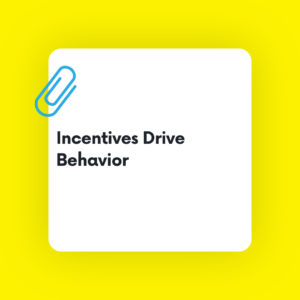Levels of Listening
- Pretend Listening: Giving the appearance of listening without actually being engaged or present. This can involve nodding, making eye contact, or saying “uh-huh” without actually listening to the speaker.
- Selective Listening: Focusing only on certain aspects of what the speaker is saying, while ignoring other parts. This can involve filtering out information that is not relevant to the listener or that conflicts with their own beliefs.
- Awkward Listening: Listening in a way that makes the speaker uncomfortable or self-conscious. This can involve interrupting the speaker, finishing their sentences, or asking inappropriate or irrelevant questions.
- Active Listening: Fully engaging with the speaker and making a conscious effort to understand their perspective. This can involve asking clarifying questions, summarizing what the speaker has said, and reflecting back on their emotions and body language.
- Empathy Listening: Listening with the intention of understanding and empathizing with the speaker’s emotions and experiences. This can involve using active listening skills, as well as expressing empathy and validating the speaker’s feelings.
Matching and Mirroring
Repeating to repeat back what you hear and you can supercharge this by asking questions. This is huge because it shows the client you are listening to as well as gives your next question with context, which leads to a clear and concise answer.
Energy Cycle
- Warm
- Curious
- God
Meta & Milton Modeling
When working in business we you are in negotiations, you agree on 80-90% of most things, we just disagree on the details and this is also true in sales. When you make it to the end of the call and you roll out the solution its is important that you allow the customer to distress the details they disagree with (Objections) and address those. Don’t roll the pitch out with great details leave room for the client to chunk down.

Meta Modeling – Specific
Meta-modeling is a technique in NLP that involves analyzing and modeling language patterns used by people to describe their subjective experience. Practitioners can help clients better understand and manage their thought processes and behaviors by identifying these patterns.
During the NLP Workshop, we learned about the different levels of listening, including active listening, empathy listening, and others. Additionally, we discussed how matching and mirroring can help clients feel heard and understood, and how the energy cycle can impact communication.
In the context of business, we also learned about the importance of chunking down and allowing the client to express any objections or concerns they may have. This technique can help practitioners overcome client objections and ultimately close a sale.
Furthermore, we discussed two specific techniques within NLP: meta-modeling and Milton modeling. Meta-modeling involves analyzing and modeling language patterns used by clients to describe their subjective experience, while Milton modeling involves analyzing language patterns used by Milton Erickson in therapy. Practitioners can use these techniques to help clients access their unconscious minds and achieve their goals.
Overall, the NLP Workshop provided valuable insights and techniques for improving communication and achieving positive outcomes in various contexts.
Milton Modeling – Vague
Milton Modeling is a technique in Neuro-Linguistic Programming (NLP) that involves analyzing and modeling the language patterns used by Milton Erickson, a renowned American psychiatrist and psychotherapist known for his use of hypnosis in therapy.
Practitioners of NLP can use these patterns to help clients access their unconscious minds and explore new ways of thinking and behaving. By using language patterns that Erickson used in his therapy sessions, NLP practitioners can help clients overcome limiting beliefs, change negative habits, and improve their overall emotional and mental well-being.
The Milton Model can be used in a variety of contexts, including therapy, coaching, sales, and marketing. It can help practitioners establish rapport with clients, build trust, and communicate more effectively. By learning to use language patterns that bypass a client’s conscious resistance, practitioners can create a more positive and receptive state of mind in their clients, leading to more successful outcomes.
Overall, Milton Modeling is a powerful tool in NLP that can help practitioners facilitate positive changes in their clients’ lives by accessing their unconscious minds and helping them achieve their goals.



